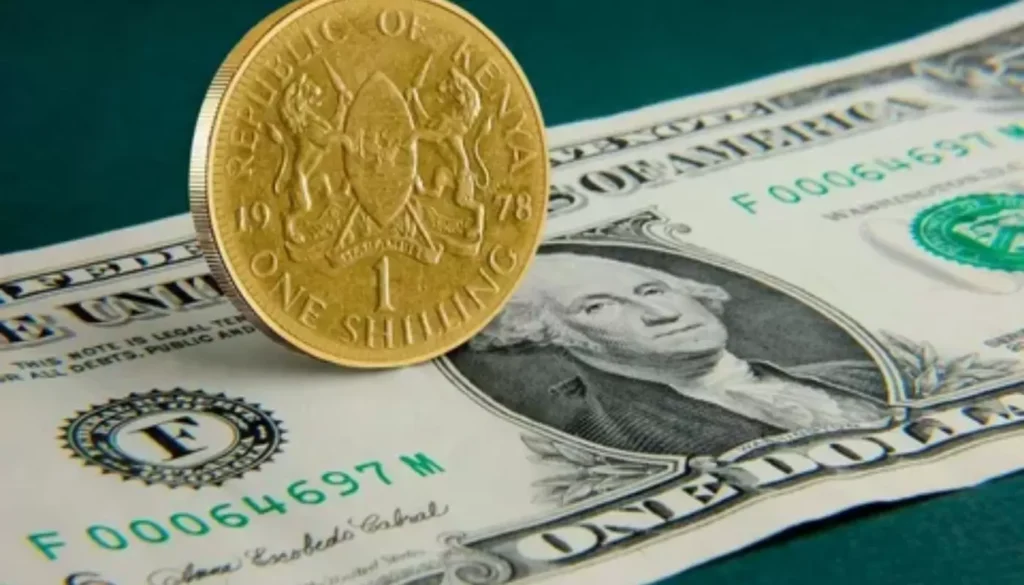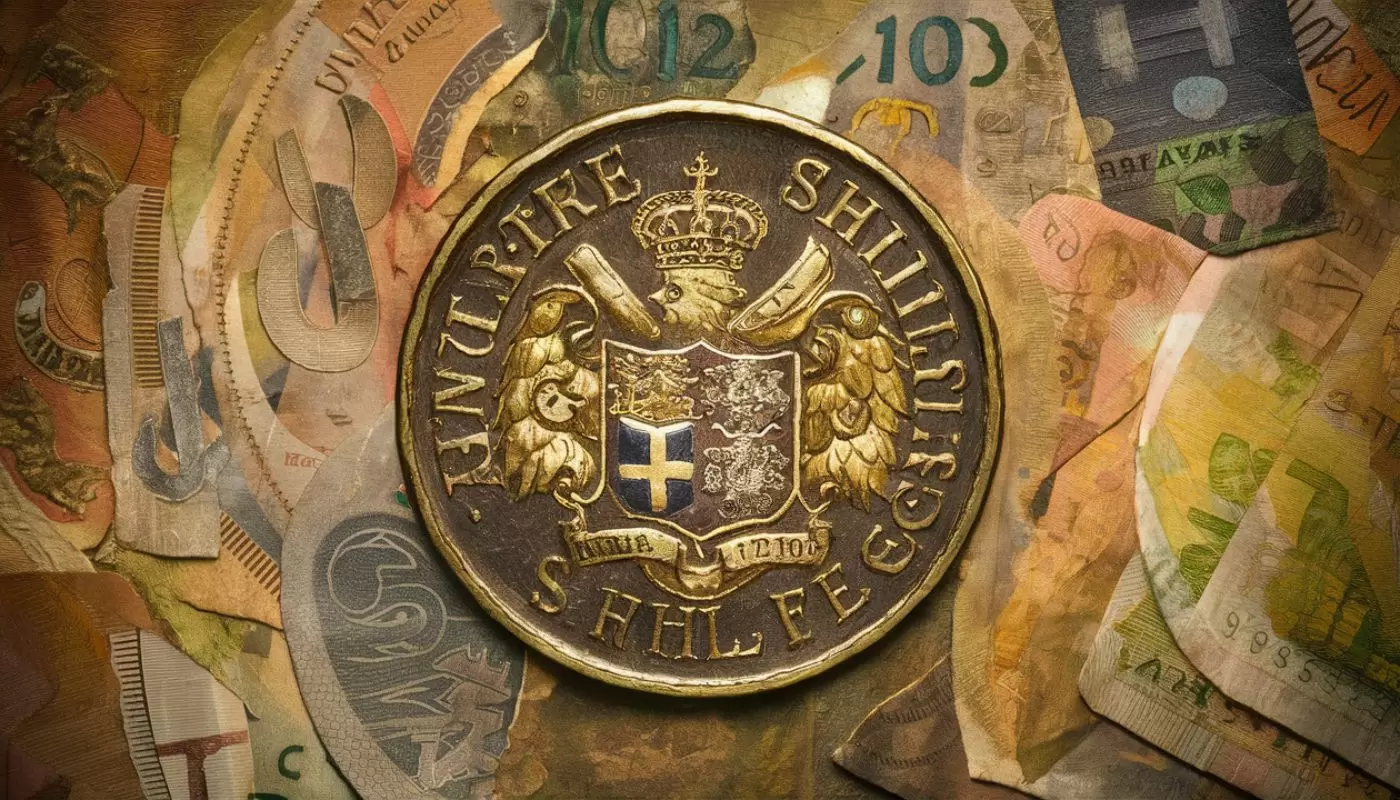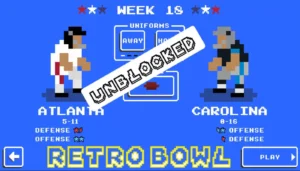In the annals of British currency history, few coins have left as indelible a mark as the humble shilling. Once a cornerstone of the United Kingdom’s complex pre-decimal system, this small silver coin has a tale that’s as rich as the metal it was minted from.
But for many Americans and younger Brits alike, the question remains: how much is a shilling worth today? Let’s embark on a journey through time, exploring the shilling’s storied past and its surprising value in our modern era.
The Shilling’s Place in British Monetary History
The shilling’s story begins long before the days of decimal currency. Its name derives from the Old English “scilling,” a term that harks back to a time when cattle were used as a measure of wealth. As British currency evolved, the shilling found its place as a crucial component in a system that would baffle many modern minds.
In pre-decimal Britain, the monetary system was a complex dance of pounds, shillings, and pence. Here’s a quick breakdown:
- 1 pound (£) = 20 shillings
- 1 shilling = 12 pence (d)
- 1 pound = 240 pence
This system, while confusing to outsiders, was second nature to Brits for centuries. The shilling, often affectionately called a “bob,” was a workhorse of daily transactions. It was substantial enough to buy a decent meal but small enough for everyday use.
“Give me a shilling’s worth of your finest ale, good sir!” – A common phrase in British pubs of yore.
The shilling’s importance in British life was reflected in its many nicknames and slang terms. Besides “bob,” you might hear it called a “deaner,” “sprat,” or even a “gent.” These colorful terms speak to the coin’s ubiquity in British culture.
Decimalisation: The End of the Shilling Era

The year 1971 marked a seismic shift in British currency. On February 15, known as “Decimal Day,” the United Kingdom bid farewell to its centuries-old system and embraced decimal currency. This move, called decimalisation, saw the shilling retire from active circulation.
Why did Britain abandon the shilling and its companions? The reasons were manifold:
- Simplification: The old system was notoriously complex, especially for international trade.
- Modernization: Many countries had already adopted decimal systems.
- Economic efficiency: Decimal currency was easier to process in the emerging computer age.
The public reaction was mixed. Older generations mourned the loss of their familiar coins, while younger Brits embraced the simpler system. The cultural impact was significant, with many idioms and expressions suddenly becoming archaic.
Read As: INVEST FEST 2023: A GROUNDBREAKING CELEBRATION OF BLACK WEALTH CREATION
Converting Shillings to Modern Currency
So, how much is a shilling worth today? The basic conversion is straightforward:
- 1 shilling = 5 new pence (p) in decimal currency
However, this simple conversion doesn’t tell the whole story. To truly understand a shilling’s worth, we need to consider factors like inflation and purchasing power. Online tools can help with accurate conversions, but let’s break it down:
- Nominal value: 1 shilling = £0.05 (5p) in today’s currency
- Adjusted for inflation: The value varies based on the year of the shilling in question
For example, a shilling from 1950 would be worth approximately £1.68 ($2.33) in 2024, accounting for inflation.
The Shilling’s Purchasing Power: Then vs. Now
To truly appreciate the shilling’s value, let’s look at what it could buy in its heyday compared to its equivalent purchasing power today:
| Item | Cost in Shillings (1950s) | Equivalent Cost Today |
| Loaf of bread | 4d (1/3 shilling) | £0.56 ($0.78) |
| Pint of beer | 1s 2d (1.17 shillings) | £3.92 ($5.45) |
| Movie ticket | 1s 9d (1.75 shillings) | £5.88 ($8.17) |
| Daily newspaper | 1d (1/12 shilling) | £0.14 ($0.19) |
Collectible Value of Shillings
For numismatists and collectors, shillings can be worth far more than their face value or inflation-adjusted equivalent. The most valuable shillings are typically:
- Rare dates: Certain years had lower mintages, making them scarcer.
- Error coins: Mistakes in minting can drastically increase value.
- High-grade specimens: Well-preserved coins command premium prices.
Some of the most sought-after shillings include:
- 1787 shilling: With only 120 minted, these can fetch over £200,000 ($278,000) at auction.
- 1952 proof shilling: Specially struck for collectors, these can sell for £3,000 ($4,170) or more.
Factors determining collectible worth include:
- Rarity
- Condition
- Historical significance
- Demand among collectors
Recent auction prices have seen common shillings in good condition sell for £5-£20 ($7-$28), while rarer specimens have reached into the thousands.
The Shilling in Popular Culture
The shilling’s cultural impact extends far beyond its monetary value. It’s woven into the fabric of British literature, film, and everyday language:
- In Charles Dickens’ works, shillings often represent the struggles of the working class.
- The phrase “take the King’s shilling” meant to enlist in the military.
- “Not worth a brass shilling” indicated something of little value.
For older generations, the shilling evokes a strong sense of nostalgia. It represents a simpler time, before the complexities of the modern financial world took hold.
Shillings vs. Other Historical Currencies

The shilling’s story isn’t unique. Many countries have retired coins as their economies evolved. In the U.S., coins like the half-dime and two-cent piece met similar fates. Europe saw a mass retirement of national currencies with the introduction of the Euro in 2002.
These changes offer lessons for modern monetary systems:
- Simplicity is key: Complex systems can hinder economic efficiency.
- Adaptability matters: Currencies must evolve with technological and economic changes.
- Cultural attachment is real: People form strong bonds with their money, making changes challenging.
Read Also As: What Is the WUVISAAFT Charge on Bank Statements?
The Future of Currency: Digital Age Reflections
As we reflect on the shilling’s journey, we can’t help but wonder about the future of currency. In an increasingly digital world, are cryptocurrencies the new shillings?
While digital currencies offer benefits like fast transactions and decentralization, they lack the tangible history of coins like the shilling. The challenge for the future will be preserving monetary heritage in a potentially cashless society.
The shilling’s story teaches us valuable lessons about economic evolution:
- Change is inevitable: Even long-standing systems can be replaced.
- Nostalgia has value: Old currencies often retain cultural significance.
- Adaptation is crucial: Both people and systems must evolve with the times.
Conclusion
From its origins in medieval England to its retirement in 1971, the shilling has had a remarkable journey. Today, its value extends beyond mere monetary worth. It’s a window into history, a collector’s treasure, and a reminder of how our financial systems evolve.
Understanding historical currencies like the shilling isn’t just an exercise in nostalgia. It provides valuable insights into economic trends, cultural shifts, and the very nature of money itself. As we move further into the digital age, the lessons of the shilling – adaptability, simplicity, and cultural significance – remain as relevant as ever.
Whether you’re a history buff, a coin collector, or simply curious about the value of that old shilling in your drawer, the story of Britain’s retired currency offers a fascinating glimpse into the past and food for thought about our financial future.
FAQs
- Where can I sell old shilling coins?
- Coin dealers, online marketplaces like eBay, or specialized numismatic auctions are good options. Research reputable dealers and compare offers.
- Are shillings still legal tender anywhere?
- No, shillings are no longer legal tender in the UK. However, some British Overseas Territories still use currencies called shillings.
- How do I identify a valuable shilling in my collection?
- Look for rare dates, mint marks, and good condition. Consult a coin guide or professional appraiser for accurate identification.
- What’s the difference between a British and an East African shilling?
- While both originated from British currency, East African shillings were separate currencies used in British East African colonies and protectorates.
- Can I still exchange shillings for modern currency at banks?
- Most UK banks no longer exchange old shillings. However, the Bank of England will exchange pre-decimal coins for their face value in modern currency.












